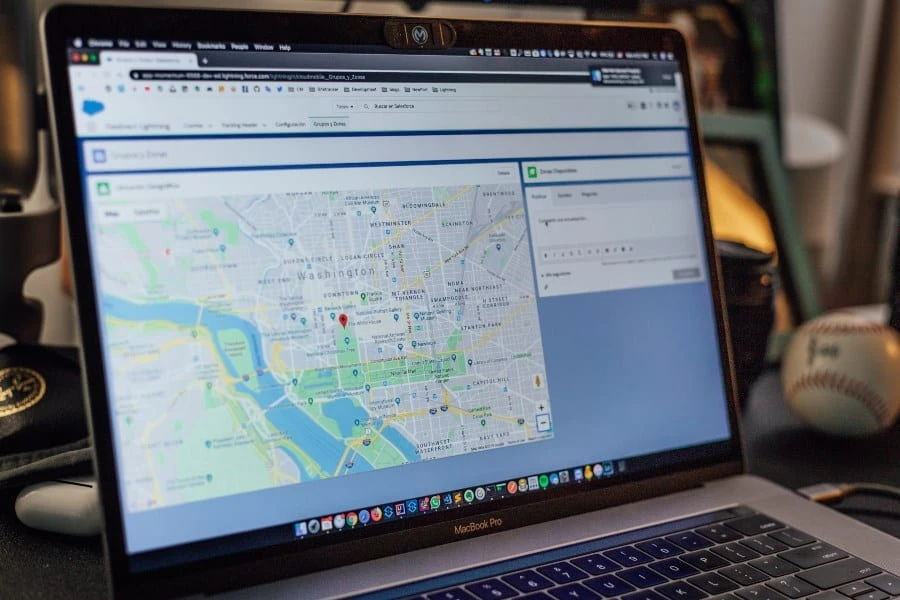
Data profiling is the process of analyzing data to identify patterns and relationships. This information can be used to improve business processes and make better decisions. Data profiling can help businesses identify trends, understand customer behavior, and optimize marketing campaigns.
For example, to improve their target system, businesses can use a data profile like geographic data to understand their customers and their needs. By understanding where their customers are located, businesses can better target their marketing and advertising efforts, as well as understand what services or products to offer in different areas. Additionally, understanding geographic data can help businesses optimize their supply chains and delivery routes, improving their efficiency and customer service.
If you’re curious and you want to learn more about how businesses use data profiling like geographic data to understand their customers, read on.
What Are Some Examples Of Data Profiling In General?
It’s fair to want to start with some data profiling examples before we dig into how geographic data works when businesses use it. Data profiling is a type of business intelligence tool. It’s the process of analyzing data to understand and describe its characteristics. This can be done manually but is often done using automated methods. Once the data has been profiled, it can be used to better understand customer behavior.
There are a handful of ways to profile data. One way is to look at the distribution of values in a dataset. This can help you understand how variable a dataset is and how it is distributed. You can also use histograms to get a better understanding of the distribution of values in a dataset.
Another way to profile data is to look at its correlation structure. This can help you identify relationships between variables in a dataset. You can also use correlation matrices to visualize these relationships.
Finally, you can use machine learning techniques to build models that predict the behavior of customers based on their profiles. These models can then be used to improve your marketing campaigns and understand customer behavior better. These are but a few ways that data profiling works when it comes to businesses tracking customer behavior and seeing if you need to develop a new system to review missing values and fill any inconsistencies. Another way is tracking geographic data, which we’ll discuss further.
What Is Geographic Data?
Geographic data is a data source that has been used to predict customer behavior for many years. By understanding a customer’s location, businesses can better understand purchasing behaviors and trends. For example, a business might notice that most of their customers are in the city, and as a result, may decide to focus their marketing efforts on the city.
Additionally, geographic data can be used to understand how different areas influence customer behavior. For instance, if a business notices that its customers in one area are more likely to purchase a certain product than those in other areas, it may adjust its marketing strategy accordingly.
Overall, geographic data provides valuable insights into customer behavior that can help businesses improve their marketing strategies and ultimately increase sales to their maximum value. It provides data necessary for key analysis in a complex yet comprehensive format.
How Do Businesses Collect Geographic Data For Data Profiling?
There are several ways to collect geographic data, depending on the needs of the business. One common method is to use customer IP addresses to determine a customer’s location. This can be done by tracing the IP address back to its origin, or by using a service that maps IP addresses to specific locations. Other methods include using customer mailing addresses or GPS coordinates from customers’ mobile devices. Ultimately, it’s to determine the number of times your customers visit your website or business.
Mapping services are generally very accurate, and they can provide information about how customers are accessing your website from different parts of the world. Using mailing addresses is an easy way to collect data from customers who do not have access to the internet or who do not want to share their personal information like a phone number. GPS coordinates can provide precise information about where customers are located at any given time.
Overall, using geographic data to understand customer behavior is important because it can help businesses better target their marketing efforts and understand their customers’ needs and preferences. They can keep up with any competitor in the area by looking through the uniqueness of geographic data profiling, reading the customer data it provides, and correcting where necessary. Additionally, geographic data can help businesses identify potential areas for growth and expansion.








